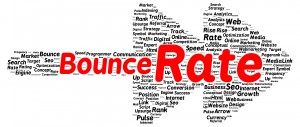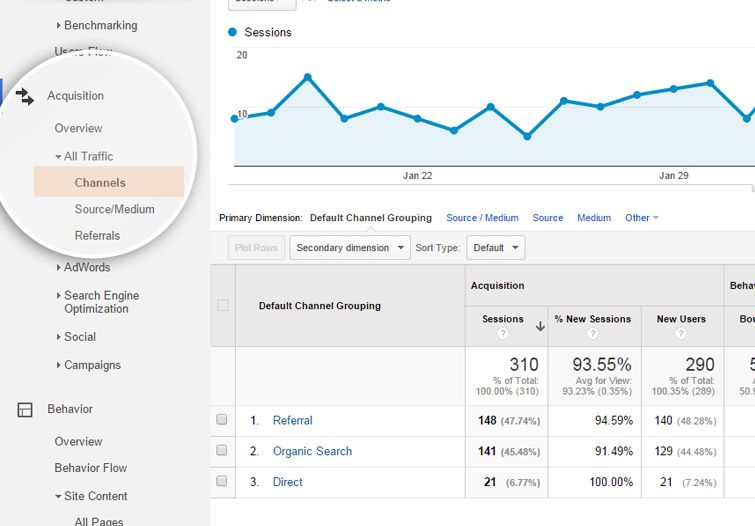Reducing Bounce Rate to Increase Website Engagement – Part III
In the third and final part of our Reducing Bounce Rate blog series we take a look at the final key fundamentals you need to be keeping an eye on.
Poor image choices
People are very visual, especially on the web, which is why you should make sure the first image a user is greeted with should immediately give them the indication they have landed on the correct website. If they were searching for dog collars then give them dogs with collars. The worst thing you can do is use generic images, or worse yet, not using images at all.
Slow load speed
This is One of the major killers. If your site takes too long to load, people will leave. It’s not always an easy one to fix so you should get in contact with your web development team and make sure they are on it. Use the Google website speed checker as a guide.
Not being mobile friendly
One of the sure fire ways to decrease your bounce rate is to make sure that mobile and tablet users are given the same experience as your desktop users. If mobile users are presented with a site where they need to pinch and zoom to read content or where menus are not easy to use they will leave and go to your competition.
If you are not sure about the mobile compatibility of your website then get onto the Google mobile checker and find out.
Links to external sites
If you want to link to other websites from your website make sure that these links open in new windows. Sure you want people to visit your Facebook page, but once they click that button they could be lost forever!
This is also true if you embed YouTube videos in your pages. Make sure that you have disabled any related videos from being shown after your video ends otherwise you could send people into the YouTube black hole.
Not enough content
Go over your landing pages and make sure you have enough information available to enable users to understand your product or service. Certainly some industries should consider a lot more information than others, for example using one sentence to describe your business tax accounting services is not enough.
Traditional landing page or single page website
Bounce rate is evaluated based on users visiting more than one page so if you are using analytics to track your single page website or traditional landing page with no navigation then your bounce rate is going to be very high. Try not to get too worried about bounce rate and look at your conversion rate instead.
Low quality traffic channel
Analytics can also break down your bounce rate by the referring tracking source. Usually this will be organic search or AdWords but sometimes you could get referring websites which are not particularly helpful and may be causing you to receive traffic which is not intended.
You can see your traffic sources by going to the ‘Acquisition’ section of Analytics and viewing the ‘Channels’ section under the ‘All Traffic’ drop down.
If you see a particularly poor traffic source which is bringing a high bounce rate investigate further where these leads are coming from and if they are relevant.
Traffic not being routed through the correct page
It is always a great idea to have a separate page for each product or service that you offer. When you do this and provide lots of relevant information about these topics you may start to see traffic increase on these internal pages more than your homepage. Ultimately by getting traffic to land on your desired page you can increase the relevance of your visits and retain more users on your website.
When linking your website from directories or even from social media always make sure that the page you are linking to is the most relevant in the context of the link. If you post on Facebook that you have a new product in store, then link directly to the product, not to the homepage.
Sometimes you don’t have to make drastic changes to your website to start improving your bounce rates or even start increasing your leads. A lot of the time it’s about making sure your website is delivering information quickly and clearly to users.
Spend some time going through your website and checking that each page has enough content and clearly explains who you are and what you do. Make sure that people know what your page is about within three seconds by using strong images and headlines.
Don’t over-complicate the process, keep it simple and give your changes enough time to be properly evaluated and you can get your bounce under control.



